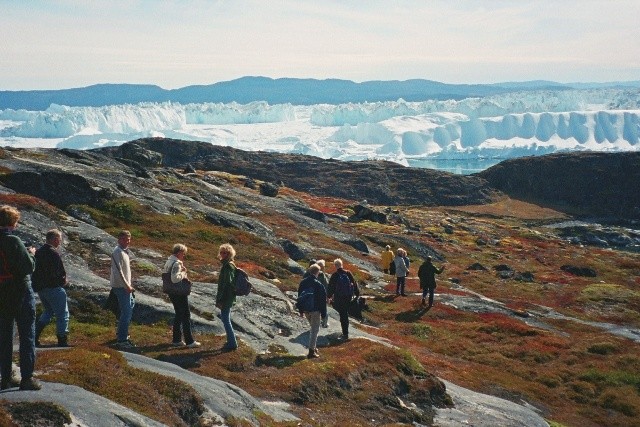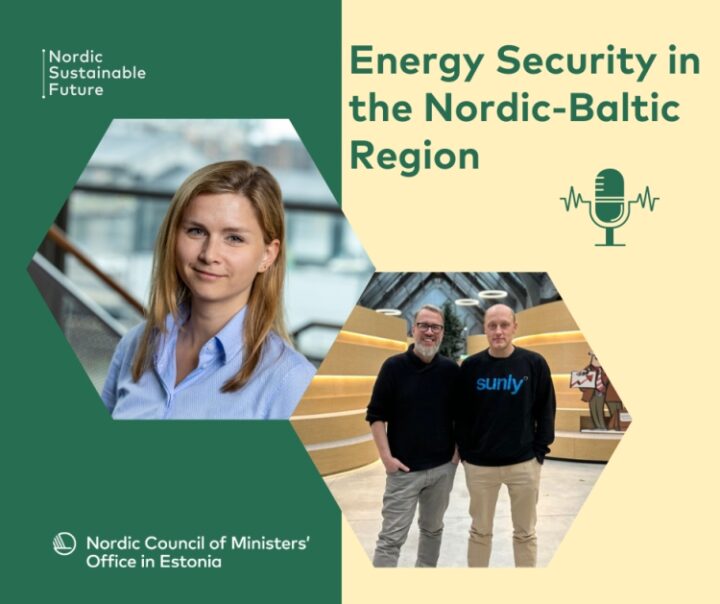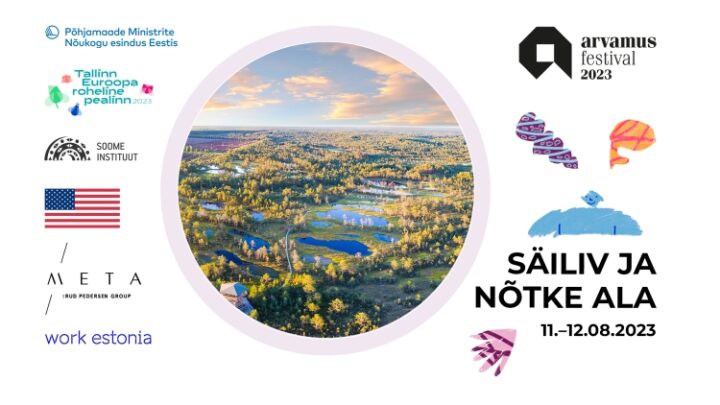Norwegian architecture mingles with nature

|
Hege Lysholm, the spokesman for the Norwegian Road Administration, describes the background to this project: “Our aim is to offer the experience of a lifetime to people travelling along the Norwegian tourist trail!” There is a growing desire to create inspiring places for active relaxation all over the world. This turns traditional experiences and discoveries into something more rich and diverse. It would appear that experience alone is starting to become boring… |
| Incorporating architecture and art objects into the surrounding landscape intensifies the majesty of the natural world, but also creates new connections and viewpoints between the artificial and the natural. Many of the installations play upon human perception and familiar metaphors, providing a sense of recognition, coziness, coldness, longing, and other emotions inherent to the human condition. Each of the 18 tourist routes has its own unique identity. For each trail the best architects were chosen so as to guarantee creative versatility and freshness. Of course, these areas have a practical purpose too – as rest stops, observation points, car parks, etc. New landmarks create a unique opportunity to tell the story of a place, and help nearby facilities develop their own specific images and thus stand out in the tourism industry. Architectural design reflects the special bond that Norwegians have with their surroundings and the way in which man and nature seamlessly coexist. The ancient tradition of using wood and other local materials for buildings has been followed in an eye-catching manner. Many new Norwegian landmarks have already gained international recognition. Creative industries has brought about a co-operation between the cultural and public sectors. At the seminar on creative industries, held at the Estonian Parliament on 16 December 2009, a member of the Cultural Affairs Committee – Paul-Eerik Rummo – proposed applying the co-operation associated with creative industries to a rural affairs committee as well as the cultural and economic affairs committees. Could there be any promising crossovers between the public interest and business here in Estonia too? This news was also published in the Creative Estonia newsletter in December 2009. |


